My 3-part personal approach to pest and disease control after over a decade of growing.
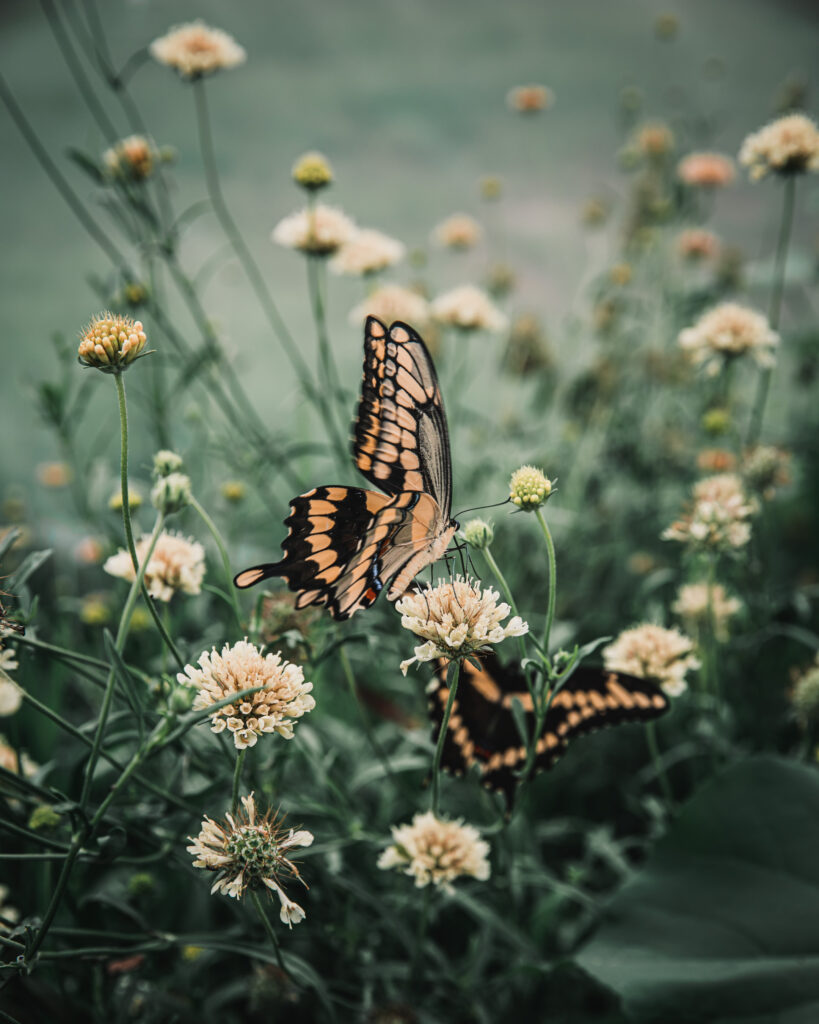
Pests and diseases are a normal part of any farm or garden. However, I caution getting too bogged down on this piece. The reason being is that issues are very often incorrectly diagnosed. I also feel like it can become a never-ending rabbit hole for less-experienced growers worrying about a pest or disease issue that may never even present itself.
On the other hand, and this is totally the research nerd in me: knowledge is power!
So, I felt like I need to provide some context regarding my approach to pests and diseases. This is just my personal philosophy, so take it for what you will. It’s a three-pronged approach I’m nicknaming “DAT” Approach (Diversification, Awareness, Toss).
1. Diversification
First and foremost: create a diverse environment. Grow a lot of crops and practice crop rotation. You can get really into the weeds on optimum crop rotation and companion planting, but by simply mixing things up, you’re already winning. This not only creates a diverse environment of plants, but those plants bring in a diverse ecosystem of life.
There are so many advantages here. Rotating crops reduces disease issues. Diversification not only benefits the whole farm ecosystem, but also: if one thing has an issue, you will have plenty of other crops that are thriving. We take it a step further and grow plants that are not for our flower customers and clients.
For example, we also grow vegetables, herbs, and wildflowers. While the veg/herbs are for personal use and the wildflowers are purely for wildlife on the farm, all of these can technically all be used for our flower business (hello, cherry tomatoes in arrangements). P.S., did you know you can get grants to create wildflower prairies?! Wildflower prairies do so much for the farm ecosystem!
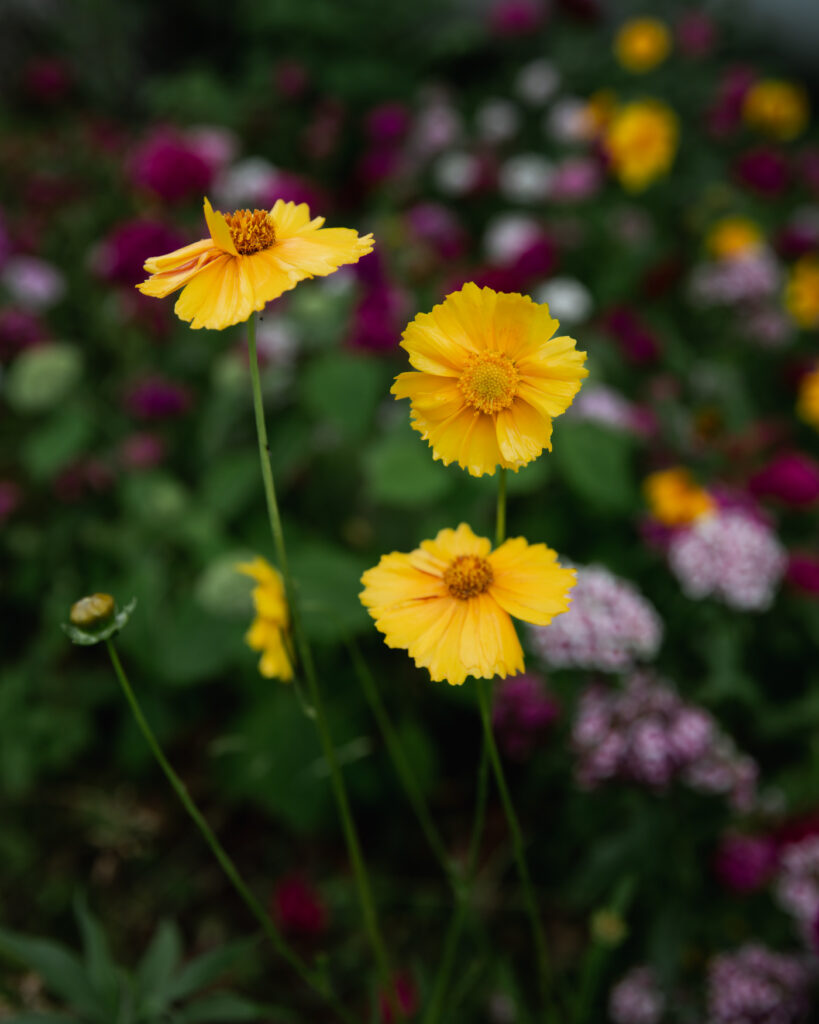

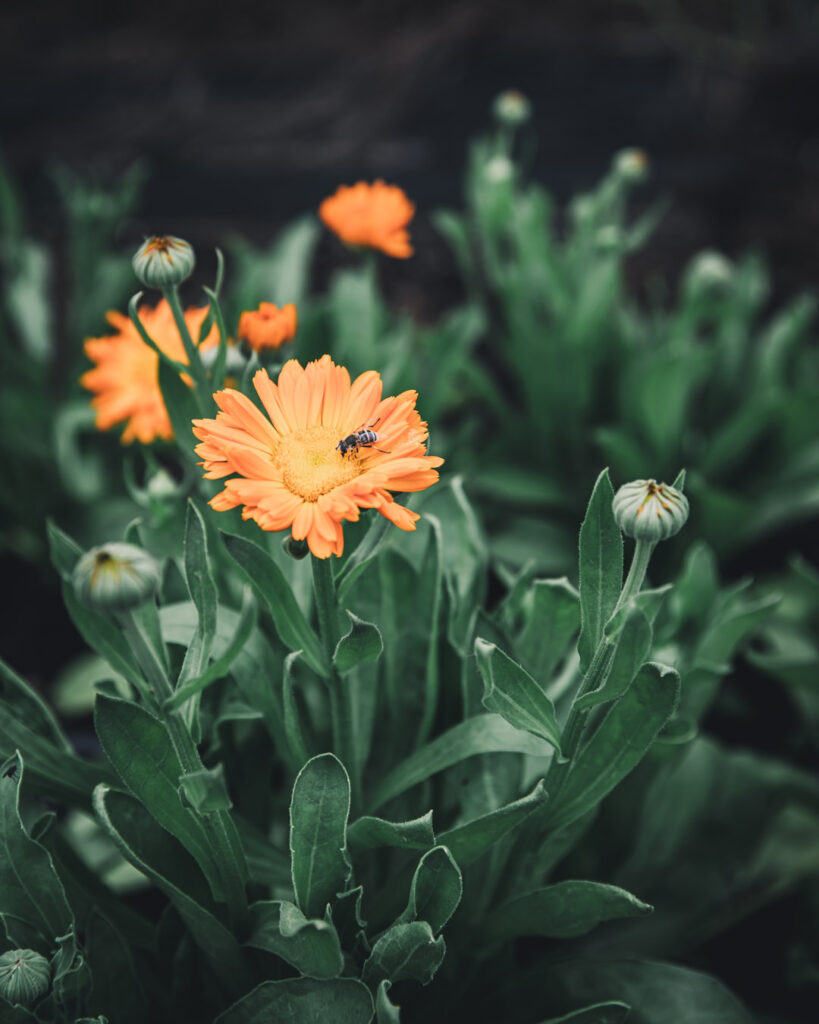

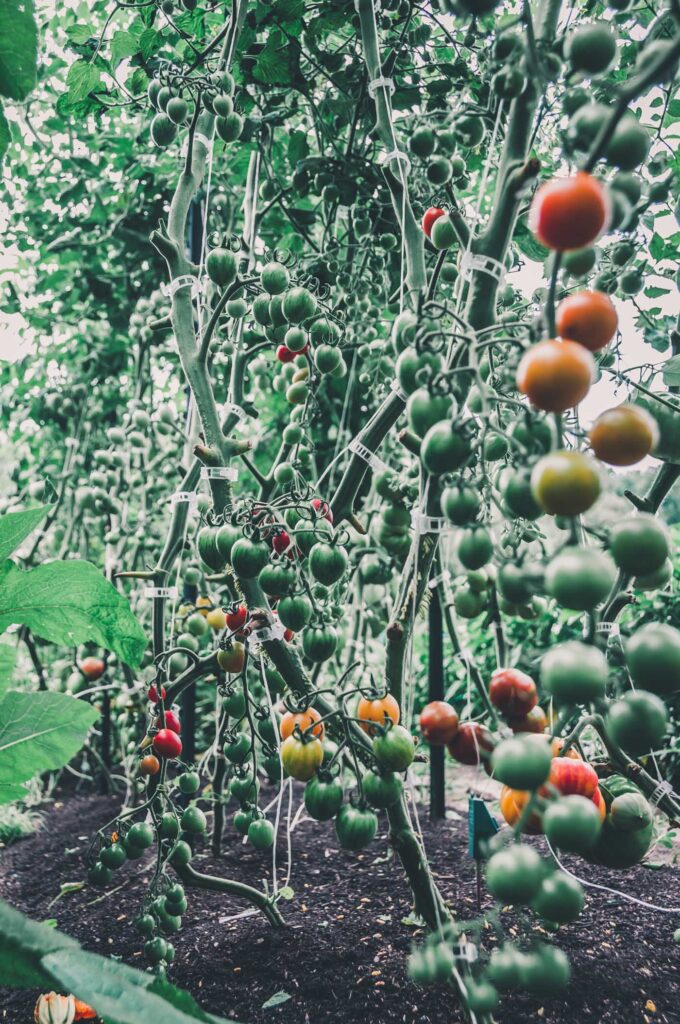
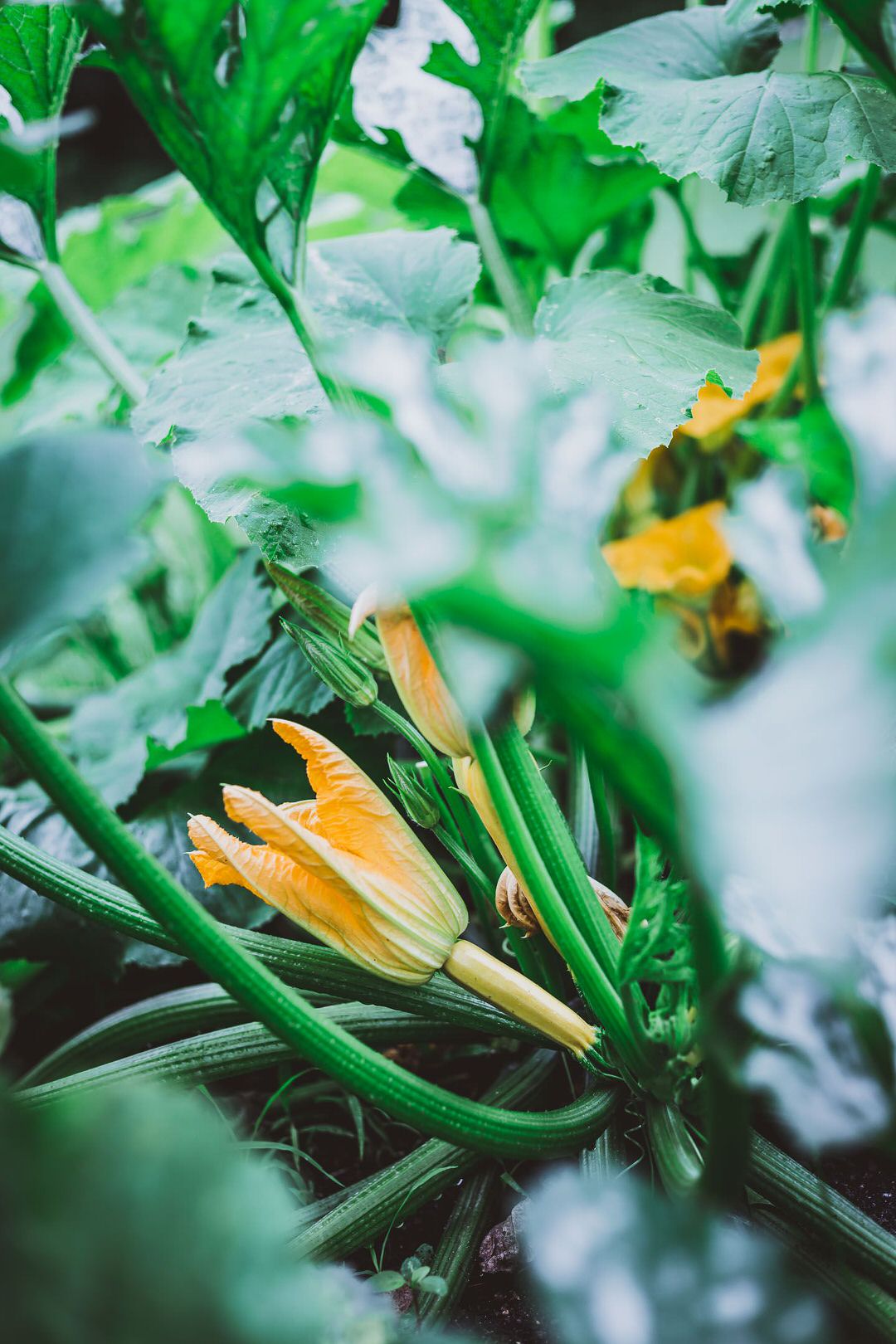
According to Johnny’s:
Hover flies, parasitoid wasps, lacewings, predatory wasps, and a large number of other beneficials all require nectar as adults. Research has shown that flower-rich plantings not only attract these beneficial insects to your farm, but can actually increase their local populations, help to manage pest populations, and increase crop yields through improved crop pollination and pest control.
The intelligence of nature is beyond our comprehension. If we allow her to simply do her thing, I find that pest and disease issues have a way of working themselves out. Sometimes, that means accepting losses in the short term. “Controls” can “fix” issues, but they can also have a butterfly effect that may not be immediately obvious. By letting nature take her natural course, we’re creating a stronger ecosystem in the long run.
That said, sometimes controls are warranted, which brings me to part two.
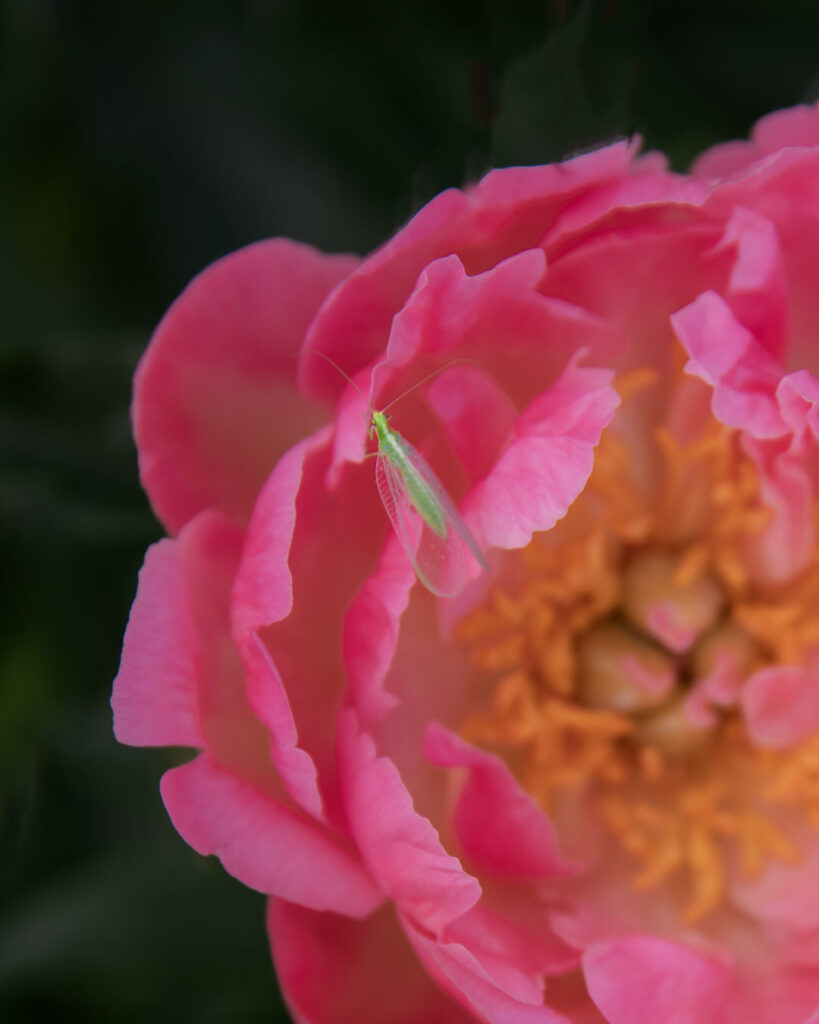
2. Awareness
Two: Focus on presence and awareness, so you can clearly observe, evaluate, and take action when necessary. When you’re immediately present you can become aware of what’s happening in the now and then deal with *actual* problems as they arise. We can worry ourselves sick with what *might* happen, but I’d rather direct that energy into what is *actually* happening.
There’s nothing wrong with forward thinking and prevention. In fact, that’s the whole point of creating a diverse environment. However, after that, become acutely aware of what’s actually happening in your environment. Research from there, but be aware that in a lot of cases, research will only take you so far. When it comes to disease, for example, sometimes the only way to be entirely certain is through pathology tests (and even those fail!). Knowledge is power, but don’t get frustrated if it’s not conclusive.
Watch the plants, evaluate their progress, and pay attention to what’s happening. You’ll notice patterns and be able to better identify issues. Plants are much like humans, and accurately identifying the root cause of an issue is oftentimes more complex than a simple article on the internet might lead you to believe. The more clear you are on the symptoms, the better you’ll be able to accurately identify an issue.
Once I can accurately identify an issue, then (and only then) do I consider controls and weigh the pros and cons. Even organic controls can have a ripple effect, but sometimes they are the lesser of two evils. For example, thrips can carry and harbor disease and/or make a crop unmarketable. It might be worth it to control them.
When it comes to controls, I aim to start with the least-invasive option. If barriers, trap plants, or natural predators are an option, I start there. From there, I go with organic biological controls. I always refer to Johnny’s Comparison Control Chart for pest and disease.
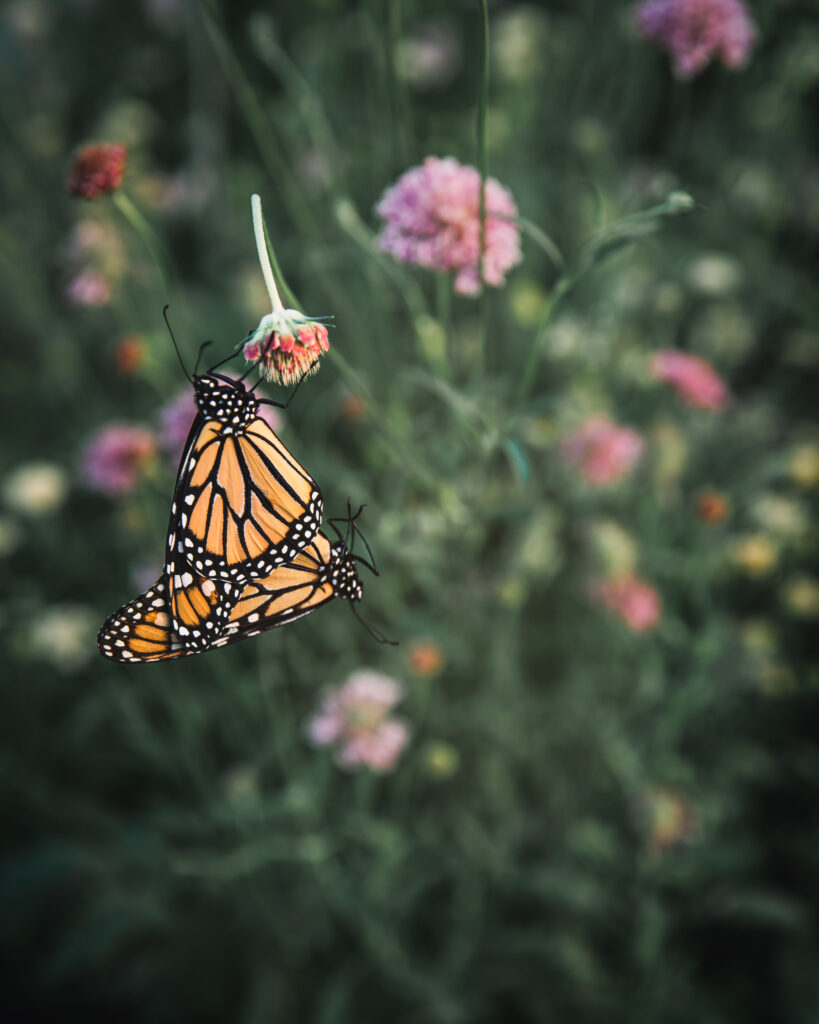
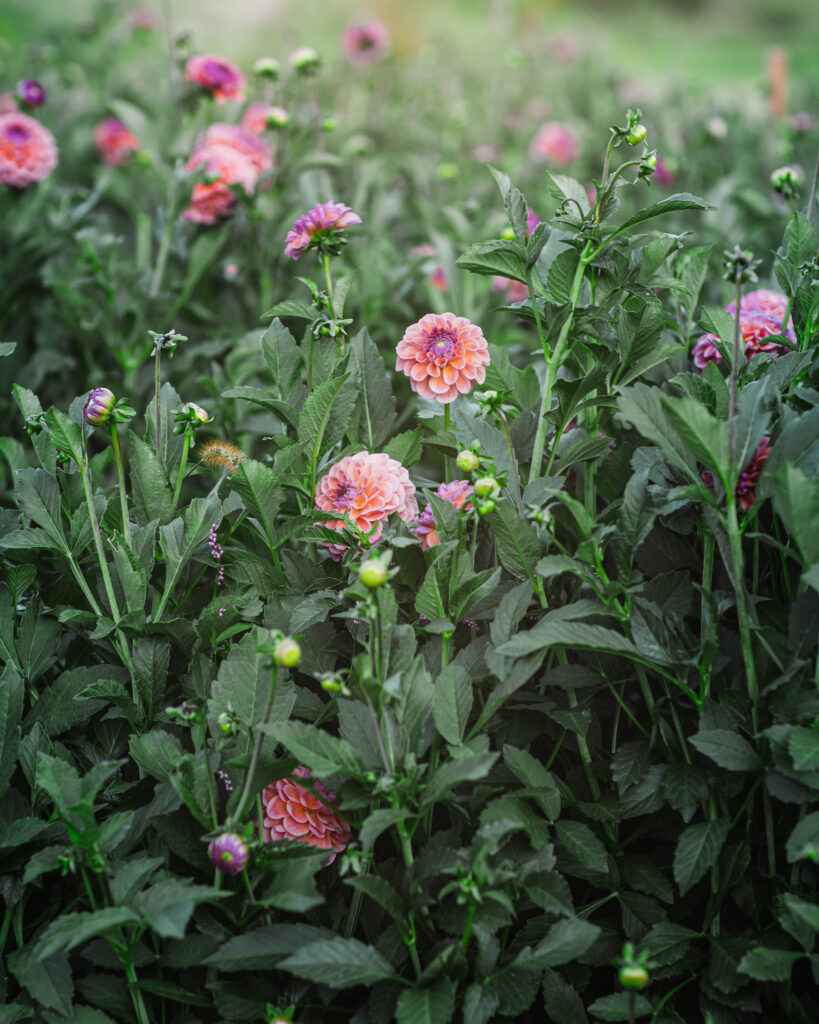
3. Toss
Three: when in doubt, throw it out, especially when it comes to virus and dahlias. Dahlias are a *huge* crop for us when it comes to profitability. However, dahlia suspected of virus is not worth keeping, no matter how expensive that tuber cost. The reason for this is because once a dahlia has virus, it will always have virus (same with gall). Furthermore, it can pass these diseases along to healthy plants. While we perform pathology tests on our dahlias, it’s important to note that the available tests do not account for all viruses, are only indicative of the time the test was taken, and are not always 100% accurate. Virus in dahlias is a complex topic that deserves it’s own post, but it’s worth noting this simple rule.
What do you think of the TAD approach to pest and disease?
cLICK FOR Comments +